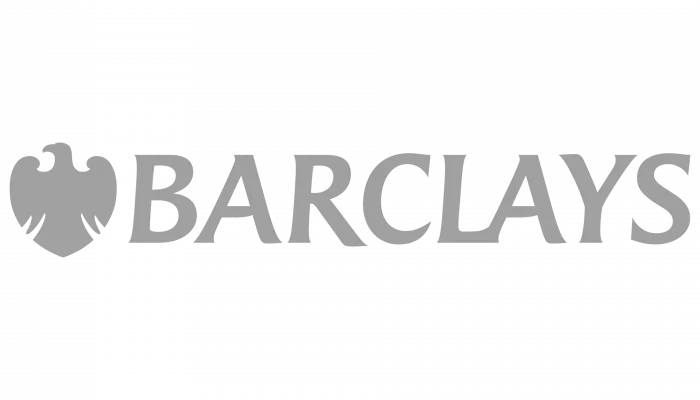Capital Gains Tax (CGT), as the name suggests, is charged upon the increase in value of an asset held by an individual. It is payable only when the gain is realised (i.e. a property sold or, in many cases, transferred) by that individual.
At the time of writing, the rate of Capital Gains Tax is dependent upon the highest rate of income tax payable by that taxpayer in the appropriate tax year. Certain assets are excluded from CGT. An example of this would be the sale of your primary residence which is excluded from CGT provision under the main residence relief provisions. There are rules for establishing which property is your main residence for tax purposes.
Additionally, where a gain is considered taxable, taxpayers are entitled to tax relief on the first £11,000 of capital gains realised in any one tax year.
This means that if an individual’s capital gain of £25,000 is made in the tax year, then tax is only payable on the £14,000 of gains after her annual allowance of £11,000 has been deducted. If the taxpayer is a low rate tax payer then tax is payable at that rate, currently 18%. If you are a high rate taxpayer, you would currently pay 28% on the £14,000 of taxable gain. Notably, your annual CGT allowance is lost every year if you do not use it. It cannot be ‘rolled up’.
Other ways to reduce your potential tax liability include;
1: Use Accrued Capital Losses to offset. You may offset any other capital losses accrued against capital gains. If you had a £20,000 capital loss then you would set that against a realised capital gain. If the gain was £32,000 then you would first deduct your capital loss of £20,000 and then your annual CGT allowance (currently £11,000 as at 14. November 2016). This would mean CGT was payable on just £1,000. As a high rate taxpayer, you’d pay 28% CGT on that £1,000, namely £280.
2: Don’t sell the asset. CGT is only payable when a gain is realised. Therefore, you might consider not selling the asset until such time as your individual circumstances are convenient (e.g. in a year when you have a capital loss to apply or when your income is taxed at the lower rate). If you never sell the asset, CGT is ‘washed out’ at death, meaning no CGT is payable by you.
3: Reduce your taxable income. We have already established that CGT is applied at your highest rate of income tax. Therefore, reducing your income in any tax year may have an effect on this rate. There are various ways of doing this but you might consider making a larger pension contribution to reduce taxable income or waiting until you retire, deferring state pension or not taking income from investments where possible. Alternatively, an historic increase in the use of tax instruments such as ISAs will already have reduced your income for the purposes of income tax.
4: Transfer all or part of your asset to a spouse. You are currently allowed to transfer assets to a spouse without incurring CGT. If you do so, you can double the individual annual CGT allowance of £11,000 to £22,000 in any one year. Furthermore, if your spouse is a lower rate taxpayer then that element of the taxable capital gain will be taxed at the lower rate.
5: Use all allowable corrections available. Whilst CGT is payable on taxable capital gains, it is worth noting that you may set against that gain all proper costs incurred, such as your solicitor’s and agent’s fees, as well as the proportion of any gain that is simply due to inflation. This is calculated using a mechanism set out by HMRC.
Related articles:
Recent posts
Best UK Mortgage Rates this Week
Yesterday

Here are the lowest fixed mortgage rates of the week, available to first-time buyers, home movers, buy-to-let, and those remortgaging.
Call us for more information: 01628 507477 or email: team@mortgagerequired.com.

Just because the Bank of England decides to reduce the base rate, this doesn't automatically mean that your mortgage rate will go down.
Autumn Budget 2025: A Summary
23 days ago

Chancellor, Rachel Reeves, has delivered the Autumn 2025 budget. We have summarised the government's plans for tax and spending.
Renters' Rights Act
14 Nov 2025

The Renter’s Rights Bill became law at the end of October, which means it has been signed off by the King, and it is now the Renters’ Rights Act. Despite this becoming law, these changes are likely to start changing within the next six months, with the aim of being fully implemented throughout 2026 and into 2027.

A welcome change in school is coming as financial literacy is due to become compulsory in schools in England.
The Government has announced that as part of the new national curriculum, children in primary and secondary education will be required to learn about budgeting, compound interest, managing money, and mortgages.
The top 10 most beautiful villages in the world
24 Oct 2025

Forbes has published a global ranking of stunning locations and one popular picturesque corner of the UK has nabbed top spot.

Over three years after the Mini-Budget took place, we look at what the mortgage market looks like now, showing the difference in mortgage repayments.

The government has announced plans to make buying or selling a home cheaper and quicker with what is being called the “biggest shake-up to the homebuying system in this country’s history.”



















